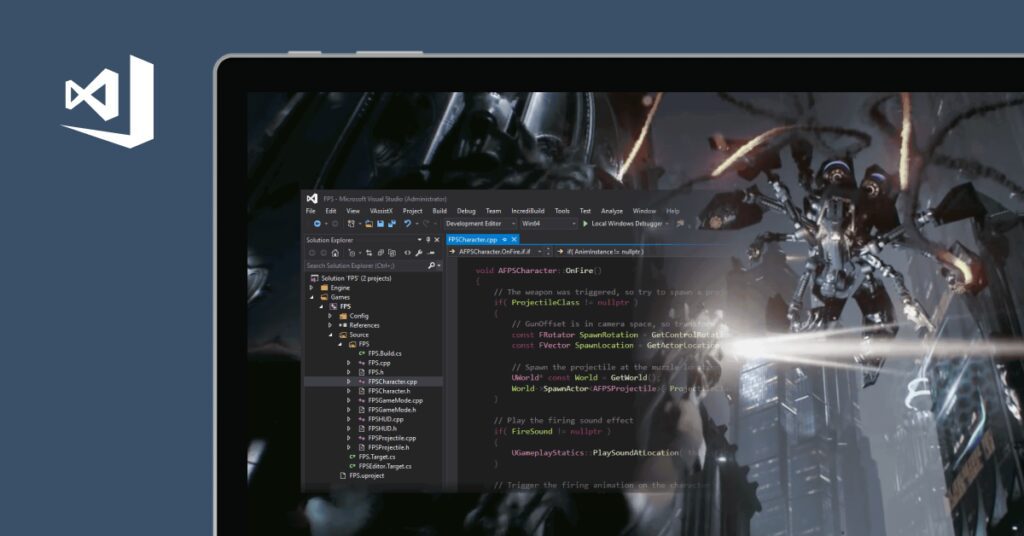Game Development Kits (GDKs) are a set of tools, frameworks, and libraries that game developers use to create games. Choosing the right GDK for the project’s requirements is crucial as some specialize in 2D or 3D games, while others focus on online or VR games. The six steps to building a game with a GDK involve setting up the development environment, choosing a game engine, creating game assets, programming game mechanics and logic, testing and debugging, and packaging and publishing. The final stage involves submitting the game to platforms such as Steam, Xbox, or PlayStation for review and publication.
From Scratch to Console: Building Games with Game Development Kits
Game development is a fascinating and intricate process that requires a lot of time, patience, and dedication. Building a game from scratch is an even more challenging endeavor. However, with the advent of game development kits, the process has become a lot easier and more accessible to aspiring game developers. This article will take an in-depth look at the process of building a game, from starting with a game development kit to submitting it to a console.
What is a Game Development Kit?
A Game Development Kit, or GDK, is a set of tools, frameworks, and libraries that game developers use to build games. A GDK provides everything needed to develop and deploy games, including graphic interfaces, AI, physics engines, networking, and more. Game Developers use it to create game engines, level editors, and middleware, which are the building blocks for any game development project.
Selecting the right GDK
Choosing the right Game Development Kit is critical to the success of a game development project. It is essential to select a GDK that matches the requirements of the project you are working on. Some GDKs specialize in 2D games, others are designed for 3D games, and some are more focused on online games or VR games. It is also important to choose a GDK that has the right licensing and pricing model. Some are free to use, while others require a fee or have a revenue-sharing model.
The Steps to Building a Game with a GDK
Building a game with a Game Development Kit involves several steps. In this section, we will break down the process into individual stages for better clarity.
Step 1: Setting up the Development Environment
The first step in building a game with a Game Development Kit is to set up the development environment. This involves installing the necessary software and tools required to create the game. The development environment typically consists of a code editor, a debugging tool, a build system, and a version control system. The GDK documentation will usually provide clear instructions on how to set up the development environment for the specific Kit.
Step 2: Choosing a Game Engine
The game engine is the core of any game development project. It provides the necessary tools to create game mechanics, physics, animation, and other elements. Most GDKs come with their own game engine, but some allow you to use external game engines like Unreal Engine, Unity, or CryEngine. Choosing a game engine depends on the requirements of the project you are working on.
Step 3: Creating Game Assets
Once the development environment and game engine are set up, the next step is to create game assets. This involves creating and importing graphics, sound files, and music files into the game engine. Game assets also include game objects, such as characters, weapons, and items, that are used to build the game world.
Step 4: Game Mechanics and Logic
Game mechanics and logic are the rules that govern the behavior of the game. This involves programming the game’s AI, physics, controls, and other game mechanics. Some GDKs have built-in tools to create these rules, while others require you to code them from scratch.
Step 5: Testing and Debugging
After implementing the game mechanics, it’s time to test and debug the game. This involves identifying and fixing bugs, optimizing performance, and testing different scenarios to ensure the game works as intended. Testing is crucial, as it helps ensure the game is stable and enjoyable.
Step 6: Packaging and Publishing
The final step is packaging and publishing the game. This involves creating a build, which is a version of the game that can be run on different platforms. The build is then submitted to platforms such as Steam, Xbox, or PlayStation, where it undergoes a review process before being published.
Conclusion
Building a game with a Game Development Kit is an exciting and rewarding experience. With the right GDK, game developers can create engaging and enjoyable games that players will love. By taking the steps outlined in this article, game developers can turn their idea into a polished game that can be played on different platforms.
